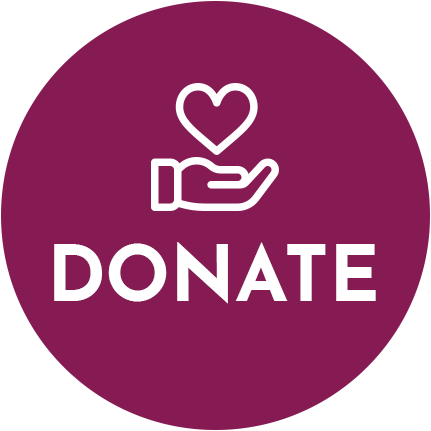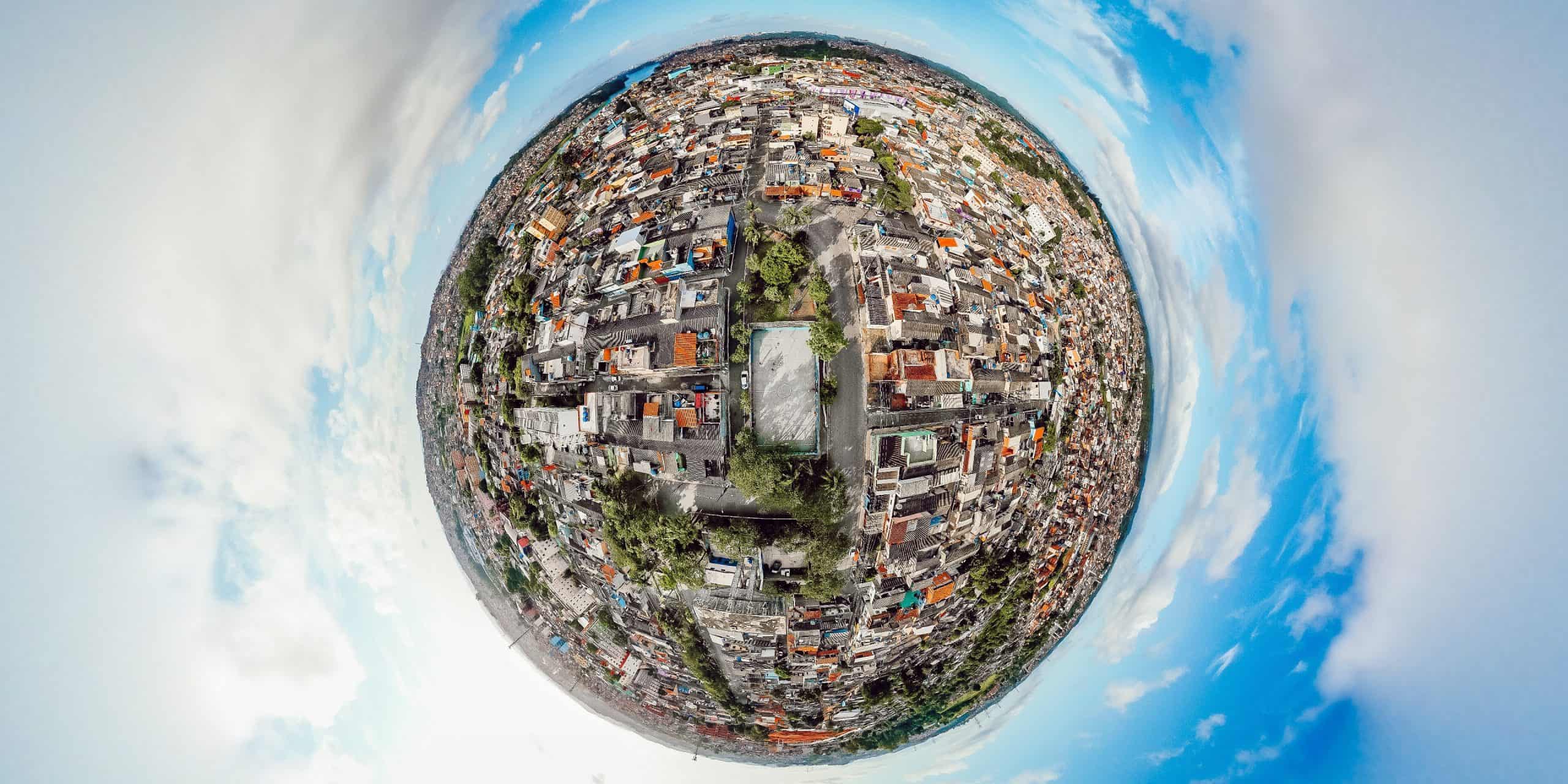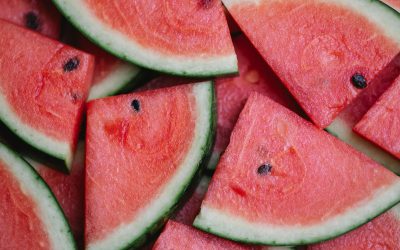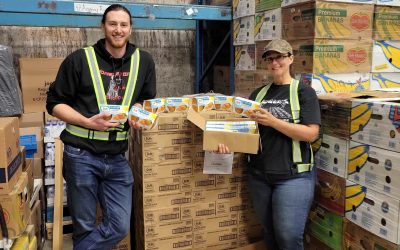For the past two decades in Canada, the third week of October has marked Waste Reduction Week. But educating and empowering Canadians to overhaul their consumption habits requires time. That’s why the Circular Innovation Council extended October’s Waste Reduction Week to help Canadians better understand the issues of waste and opportunities to change as we shift toward a circular economy. October is now Canada’s first-ever Circular Economy Month, which includes Waste Reduction Week.
In honour of Circular Economy Month, we’ll look at what a circular economy is and how it can help us rethink—and renew—our relationship with waste in Canada.
What is a Circular Economy?
In a traditional linear economy, we produce, consume and then toss our waste into landfills. Or as the Circular Innovation Council puts it, we “take—make—waste.” Waste is the end of the resource’s lifecycle and the cost of doing business. A circular economy, on the other hand, is an entirely different way of thinking about resources and their value.
You may already know about the 3 R’s of recycling: to reduce, reuse and recycle. These everyday terms are just the tip of the iceberg of what a circular economy is all about. In a circular economy, the 3 R’s mean that we must:
- Reduce: minimize our use of and need for raw materials and resources
- Reuse: maximize the longevity and durability of products
- Recycle: increase the quality of raw materials used so that they can be recycled and reused in subsequent forms over and over again
In a circular economy, nothing is wasted or considered waste. Everything has value, even “waste” and (almost) everything can be renewed so that waste is minimized drastically.

The Pillars of a Circular Economy
As expert educators and innovators on the topic in Canada, the Circular Innovation Council says it best:
“The circular economy is regenerative where everything is valued, resources are more efficiently used, nothing is wasted, and everything is a resource that can be fed back into the beginning of production cycles in a closed-loop system.”
Let’s unpack that statement before moving on because the council touched on many key points.
- Everything is valued
- Resources are more efficiently used
- Nothing is wasted
- Everything is a resource that can be renewed to close the production cycle loop
Thinking Differently About Waste in a Sustainable Future
If we think about closing the loop on our current linear economy of production, consumption and waste, then waste—our current end product—must be renewed so that it can be consumed again and again. Renewing resources that would otherwise go to waste can be done in many ways. For instance, we could reuse, remanufacture, repurpose, repair, refurbish, redistribute, remake, or recycle them over and over. (Even more R’s!) For this to happen, however, the initial product needs to be designed and made to last in all of its forms.
Why is a Circular Economy Important to Reducing our Waste?
The way that our traditional linear economies take, make and waste resources puts too much pressure on our systems and environment. For instance, 58% of all of the food produced in Canada is lost or wasted. Every year. That is 35.5 million metric tonnes of food loss and waste, which is unsustainable for our land, water and other resource use, communities, economies and public health. Circular economies, on the other hand, have the power to save money and resources. It can also reduce waste and create new opportunities and markets for businesses and individuals.
In keeping with overhauling Canada’s food systems, Second Harvest’s food rescue helps connect businesses and individuals with surplus food to those organizations in need of food.
We’re on a mission to grow our innovative, efficient food recovery network to fuel people and reduce the environmental impact of avoidable food waste. Surplus of potatoes on a farm, for instance, can be rescued and redistributed to organizations that help feed food-insecure community members across the country. Take, make, rescue, redistribute, share and consume.
We all have a role to play in making circular economies work.
Join in and do Your Part to Limit Waste this October
Thanks to Circular Economy Month and Waste Reduction Week, there is a wealth of information at Canadians’ fingertips to explore and learn. Transitioning away from an unsustainable and wasteful economic model takes a collaborative effort on everyone’s part, from governments and businesses to individual consumers.
Here are some ways you can get involved this October and beyond:





